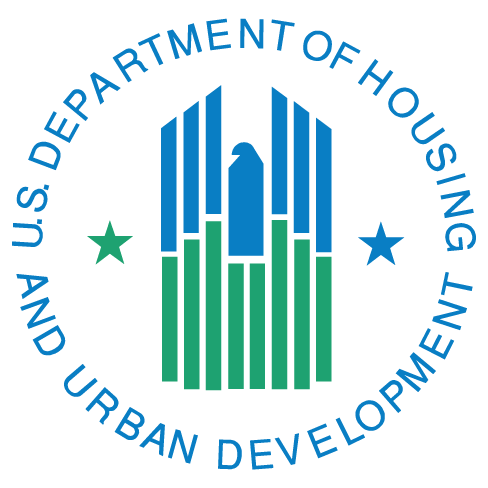HUD Releases New Data on Homelessness
Oct 31, 2016
 HUD released The 2015 Annual Homeless Assessment Report (AHAR) to Congress: Part 2 - Estimates of Homelessness in the United States on October 26. The report expands upon the findings presented in The 2015 Annual Homeless Assessment Report (AHAR) to Congress: Part 1 by adding one-year estimates of the sheltered homeless population collected through Homeless Management Information Systems (HMIS). HMIS data provide demographics, service use statistics, and unduplicated counts of the sheltered homeless population, those who access emergency shelter, transitional housing programs, or permanent supportive housing (PSH) during a given year. Some key findings from the new HMIS data include:
HUD released The 2015 Annual Homeless Assessment Report (AHAR) to Congress: Part 2 - Estimates of Homelessness in the United States on October 26. The report expands upon the findings presented in The 2015 Annual Homeless Assessment Report (AHAR) to Congress: Part 1 by adding one-year estimates of the sheltered homeless population collected through Homeless Management Information Systems (HMIS). HMIS data provide demographics, service use statistics, and unduplicated counts of the sheltered homeless population, those who access emergency shelter, transitional housing programs, or permanent supportive housing (PSH) during a given year. Some key findings from the new HMIS data include:
- Approximately 1.48 million people experienced sheltered homelessness at some point during the reporting year, representing a 7% decline from 2007.
- 502,521 people who experienced sheltered homelessness were part of a family with children, representing a 3% decline from 2014, but an increase of 6% from 2007. They accounted for 154,380 households.
- Approximately 21% of adults experiencing sheltered homelessness as part of a family with children have a disability.
- An estimated 987,239 individuals (not part of a family with children) experienced sheltered homelessness, representing a 12% decline from 2007.
- The share of sheltered individuals with a disability was 45%.
- Individuals experiencing sheltered homelessness declined in cities by 16% since 2007, but has increased by 7% in suburban and rural areas.
- 132,847 veterans experienced sheltered homelessness, an 11% decrease from 2009.
- 347,776 people resided in PSH. Approximately one-third were in families with children and two-thirds were individual adults (not part of a family with children).
- More than three-quarters of adults who moved into PSH were already homeless prior to moving in.
AHAR – Part 2 also includes previously available data on student homelessness collected by the U.S. Department of Education and supplemental data from the 2013 American Housing Survey on recent movers, doubling up, and worst case housing needs (defined as unassisted renters whose income is less than half of the area median income and who are living in severely substandard housing, spending more than half of their income on housing, or both).
The 2015 Annual Homeless Assessment Report to Congress: Part 2 - Estimates of Homelessness in the United States is available at: http://bit.ly/2eKwFX5